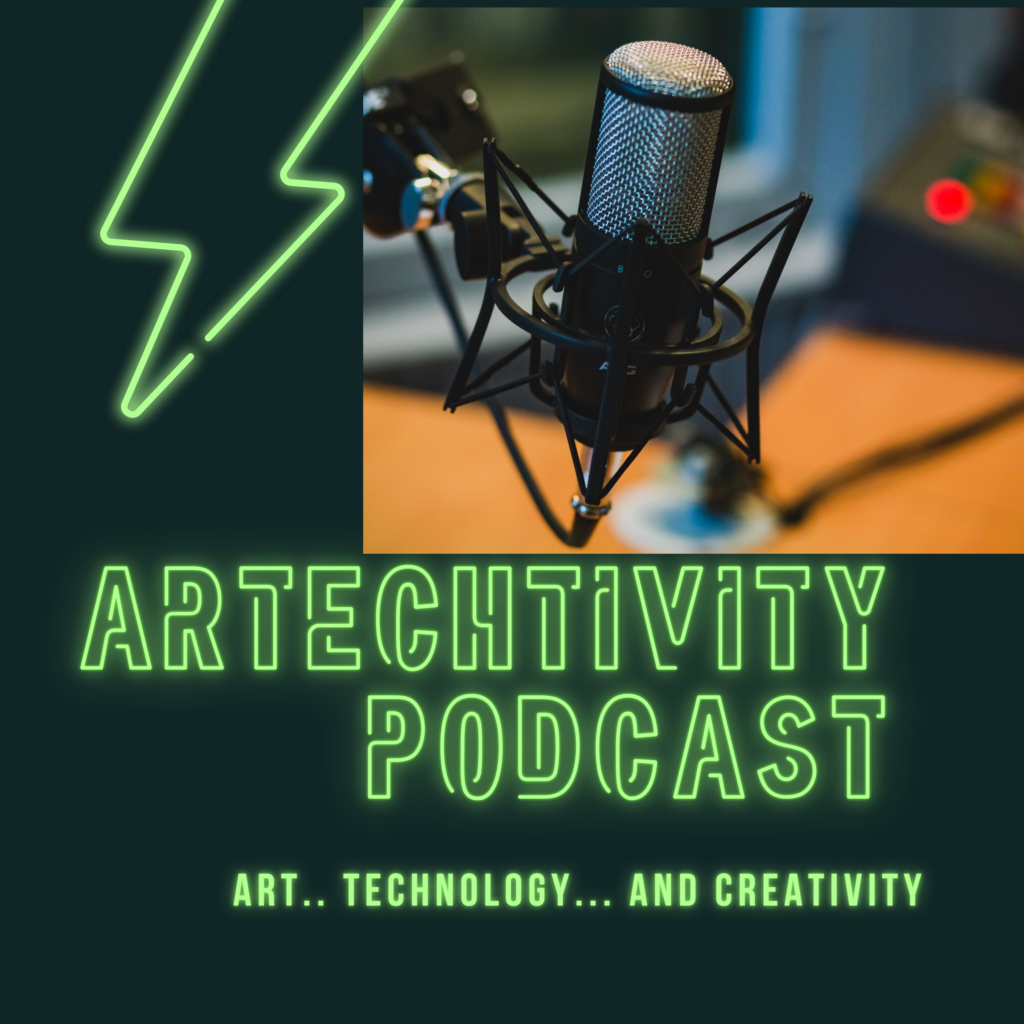~What is a Podcast?
What is a Podcast? An audio file that is shared on the internet along with a news feed to notify subscribers when there is a new episode. There are three kinds of podcasts. Audio podcasts are usually an MP3 file and are the most common types of podcasts. Enhanced podcasts can have images to go along with the audio. They can also have chapter markers, making it easier to skip to different portions of an episode. Enhanced podcasts are an AAC file and are not supported by all devices. Video podcasts are movies, complete with sound. Video podcasts can be in a variety of formats, but MPEG-4 is the most popular.
Why Podcast?: What skills will my students gain?
Listening to Themselves: Podcasting Takes Lessons Beyond the Classroom
- Fluency skills/ Oral Presentation
- Media Literacy/21st century skills
- Broad audience and publishing options
- Real world audience added to any project
- Distribute information to a global audience
Podcasting by the Numbers: How big is this really? These stats are from 2008, but podcasting continues to be popular and has recently (2020) regained popularity among younger listeners and creators.
- Podcast Alley hosts 20,800 podcasts, with almost 850 educational programs
- Feedburner manages more podcasts than radio broadcasts
- Podcast feeds grow by 15% each monthListeners growing by 20% each month
- NPR: 40,000 dowloads daily
~Becoming a Podcast User
Before you begin creating podcasts with your students I recommend you first become a Podcast User.
How to Become a Podcast User:
- Get a feed-reader (spotify, itunes) or use a directory
- Search and Subscribe to podcasts
- Listen to other students/ teachers and subjects that match what you hope to use.
Ways to Use Podcasts as content:
- Find existing podcasts in your content area to play as part of a lesson.
- Create your own: Lecture notes, demo instructions
- Share teacher created podcasts with your peers and use in the classroom
Podcast Directories: These are just a few that specialize in educational related podcasts. As of 2020, this is the only one of my old links that are still online. There may be new ones, but finding podcasts are much easier now with Spotify.
Learn Out Loud Directory of podcasts that listeners can learn from. The podcasts listed are screened so you can expect higher-quality content.
Recommended Podcasts: Top Trendsetting Podcasts from 2020 | Kidcasts
~PreProduction
PreProduction: Planning your podcast
This book is a great resource! https://www.amazon.com/Kidcast-Podcasting-Classroom-Dan-Schmit/dp/0979878748
Before students even think of stepping up to the microphone, much planning must be done. In fact, preproduction takes over three-quarters of the time to produce a podcast.
- Format: Who will actually be heard in the recording? Should you have a host? What segments do you plan for the show?
- Audience: Who will listen to the podcast? Is it everyone in the school? Is it parents? Is it students in another state or another grade level?
- Name: The more creative, the better! (theme song?)
- Length: This will depend on your audience. Start short and grow if needed.
- Practice: The script should be written and Students should practice before recording. Students tend to have trouble speaking at an appropriate volume and speed. They will probably need help enunciating too.
What to Podcast? There are many different types, purposes and formats for student created podcasts. Here are a few suggestions.
- Writing/publishing
- Science experiments
- Social studies reports
- Interviews
- Foreign language practice
- Public speaking
- Lectures and Notes
- Weekly/Daily news broadcast
- Document a field trip
- Share book reviews
- Reader’s Theater
~Production
Production: Recording Your Podcast
Equipment you will need:
- Built-in microphone on a computer
- USB headset microphone (Logitech)
- Large group microphones
- Digital voice recorders
Software you will need:
- Chromebook: Read more about Podcasting with Chromebooks here: https://www.chrmbook.com/s4e8/ and here https://sites.google.com/site/creatingwithchromebooks/audio-recording
- Mac: GarageBand
- Windows: Audacity
Issues/Concerns
- Students
- Privacy for online posting
- Appropriate use issues
- Openly communicate with parents and get approval before using
- Content
- Permission to use content
- Appropriateness of content
- Legal responsibilities for content
- Technical support
- Server space
- Training
- Aggregating
- Recording Management:
- Record short portions of audio at a time.
- Record Intro after all segments are recorded. (hook)
- Plan other quiet activities during recording or create a ‘sound booth’
- File management: Plan ahead where and how students are saving files in progress.
~Post-Production
Post-Production: Editing your Podcast
- Music: Podsafe music is music that can be legally used in a podcast and freely distributed online for others to download.
- Sound Effects: Free Sound Project
- Make your own music: Sony’s free ACID XPress.
- Remember to give the artist credit for the music, if possible.
~Publishing
Publishing: How to get your podcast out to the Global Community via the World Wide Web
- Export: Save finished recording as MP3
- Load: Copy MP3 file to the server.
- POST: Blog or webpage
- RSS feed: (Software that creates the RSS feed if your web server doesn’t create on for you)
- Submit: the web address of your RSS feed to podcast directories
- Get subscribers!
Interact
- Advertise: Get info about your podcast into class and school announcements and newsletter.
- Educate: Teach parents, students and co-workers how to SUBSCRIBE to your podcast.
- Episodes: Make consistent episodes to get a following.
- Plug: Share reviews and links to other related podcasts.
- Feedback: Make yourself open to feedback from listeners with comment areas and podcast email address.
- Listener Participation: Read and respond to emails.
- Global: Interview people via skype
- Show Notes: Post a table of contents along with links and credits on blog. Mention show notes in podcast.
So go make your podcast!







